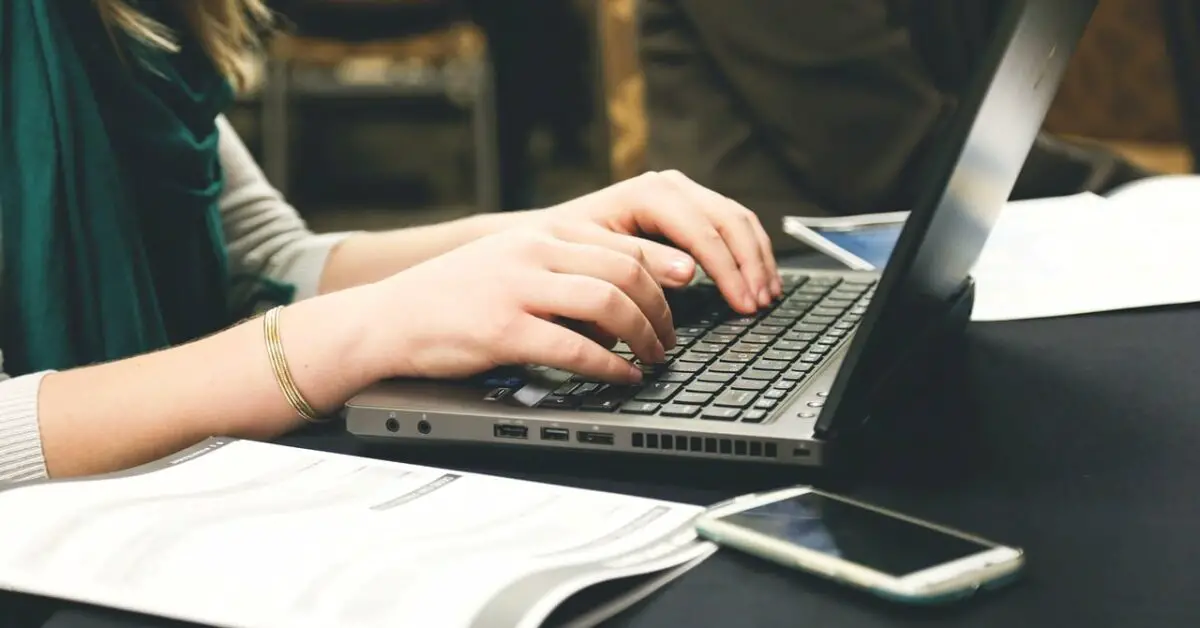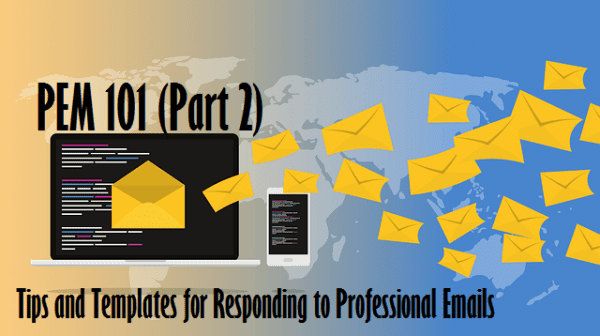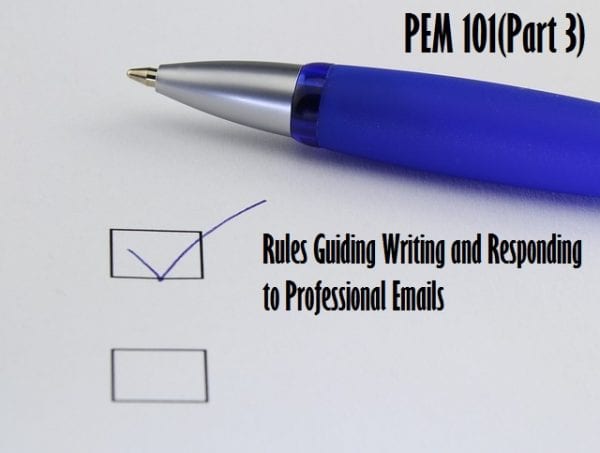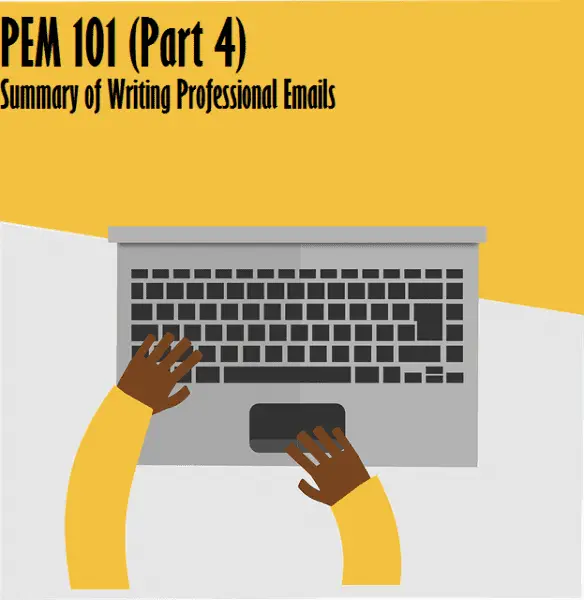In the fast-paced world of professional communication, knowing how to start an email professionally can bring you promotion and enable you to win at work. The way you start an email can make a significant impact on how it’s received and perceived by your recipients. Crafting an effective email opening sets the tone for your message and helps establish a positive rapport with your audience. In this comprehensive guide, we’ll delve into the art of starting an email effectively, providing practical tips and examples tailored to professionals like yourself.
How to Start an Email: Best Practices
1. Understanding the Importance of Email Openings
Before we dive into the specifics of crafting compelling email openings, let’s first understand why matter. Your email’s introduction serves as the gateway to your message, influencing the reader’s initial impression and engagement levels. A well-crafted opening can captivate your recipient’s attention, encourage them to read further, and set the stage for productive communication. Professionals who know how to start an email can use this skill to their advantage.
2. Know Your Audience
One of the fundamental principles of effective email communication is understanding your audience. Professionals receive countless emails daily, so it’s essential to tailor your opening to resonate with their preferences and expectations. Whether you’re reaching out to a colleague, client, or potential employer, consider their role, level of familiarity, and communication style when crafting your email introduction. This matters a lot when you are choosing how to start an email.
3. Personalization Matters
In today’s digital age, personalized communication stands out amidst the sea of generic emails. Take the time to address your recipient by name and acknowledge any relevant information or previous interactions. Personalization demonstrates sincerity and fosters a sense of connection, increasing the likelihood of a positive response.
4. Keep It Clear and Concise
Professionals value efficiency and clarity in their communication. When starting an email, aim for brevity while conveying your message effectively. Avoid lengthy introductions or unnecessary pleasantries that may dilute the relevance of your email’s opening. Instead, get straight to the point while maintaining a polite and professional tone.
5. Set Clear Expectations
Effective communication hinges on clarity and transparency. When starting an email, clearly outline the purpose of your message and any action steps you expect from the recipient. Setting clear expectations helps streamline communication and minimizes misunderstandings or delays in response. Even though billions of emails are sent daily, few people know how to start an email by setting lear expectations, and this is very important in today’s crowded email box.
Examples to Illustrate How to Start an Email
Let’s take a look at some examples on how to start an email to get you started. These sample emails demonstrate effective communication techniques and professional etiquette in various workplace scenarios.
Example 1: How to Start an Email to a Client
Subject: Welcome to [Company Name]! Dear [Client's Name], I hope this email finds you well. On behalf of the entire team at [Company Name], I want to extend a warm welcome to you as our newest client. We are thrilled to have the opportunity to work with you and support your [specific project/goal]. Our team is committed to delivering exceptional service and exceeding your expectations every step of the way. We look forward to building a strong and successful partnership together. Please feel free to reach out to me directly if you have any questions or if there's anything specific you'd like to discuss as we embark on this journey together. Once again, welcome to [Company Name]! We're excited to collaborate with you and achieve great things together. Best regards, [Your Name] [Your Position] [Company Name] [Contact Information]
Example 2: How to Start an Email to a Colleague Requesting Information
Subject: Quick Question About [Project/Topic] Dear [Colleague's Name], I trust you're having a productive day. I hope you can spare a moment to assist me with a quick question regarding [project/topic]. Your expertise in this area would be immensely valuable as we move forward with our plans. Specifically, I'm looking for clarification on [specific aspect/question]. Any insights or guidance you can provide would be greatly appreciated. Thank you in advance for your time and assistance. I look forward to hearing from you soon. Best regards, [Your Name] [Your Position] [Your Contact Information]
Example 3: How to Start An Email to Follow Up After a Networking Event
Subject: Nice Meeting You at [Event Name] Dear [Contact's Name], It was a pleasure meeting you at [Event Name] yesterday. I enjoyed our conversation about [shared interest/topic], and I'm eager to explore potential opportunities for collaboration or further discussion. I'd love to continue our conversation and learn more about your work and how we might be able to support each other in the future. Please let me know if you're available for a coffee meeting or a quick chat at your convenience. Looking forward to hearing from you! Best regards, [Your Name] [Your Position/Company] [Your Contact Information]
Example 4: How to Start an Email to Inform Team Members About a Meeting
Subject: Reminder: Team Meeting Tomorrow Dear Team, I hope you're all doing well. Just a friendly reminder that we have our weekly team meeting scheduled for tomorrow at [time]. We'll be discussing [agenda items/topics], so please come prepared to share updates and insights. If you have any specific topics or issues you'd like to address during the meeting, please feel free to let me know in advance so we can ensure they're included on the agenda. Looking forward to our productive discussion tomorrow! Best regards, [Your Name] [Your Position/Team] [Your Contact Information]
Example 5: How to Start an Email to Express Appreciation to a Colleague
Subject: Thank You for Your Support Dear [Colleague's Name], I wanted to take a moment to express my sincere gratitude for your support during [specific situation/project]. Your expertise, guidance, and encouragement have been invaluable, and I truly appreciate the opportunity to collaborate with someone as dedicated and talented as you. Your contributions have made a significant difference, and I'm grateful for the opportunity to work alongside you. Thank you for your unwavering commitment to excellence and for being such an integral part of our team. Looking forward to many more successful collaborations in the future! Warm regards, [Your Name] [Your Position/Department] [Your Contact Information]
Conclusion
Mastering the art of starting an email is a valuable skill that can enhance your professional communication and foster stronger relationships with your peers, clients, and collaborators. By understanding your audience, personalizing your message, and maintaining clarity and brevity, you can create email openings that command attention and drive meaningful engagement. Remember, the way you start an email sets the stage for the entire conversation, so make every word count.







